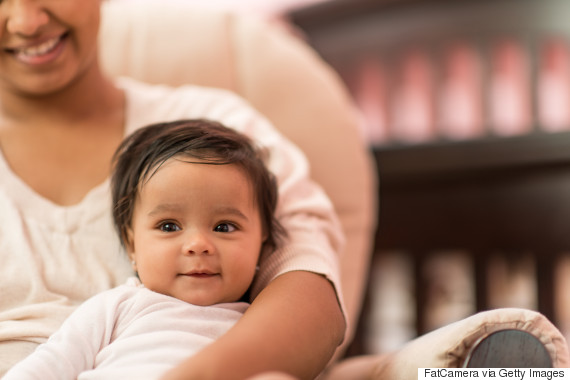
Social and economic disadvantage are important contributors to poor maternal and perinatal outcomes in high-income countries such as Australia. For example Australian research shows women from refugee
backgrounds have higher rates of stillbirth, fetal death in utero and perinatal mortality compared with Australian born women. However, the recent publication of findings from a retrospective (looking back) population based cohort study of all individual (as opposed to multiple) births at 24 or more weeks gestational age from 2000–2011 in Victoria, Australia, found that the mother’s country of birth was also an important factor in having a baby who was stillborn.
The place of birth of pregnant women has important implications for risk of stillbirth in high-income countries, as research in the UK, Netherlands, Sweden, Singapore and Australia has shown. Yet, only the American Congress of Obstetricians and Gynecologists (ACOG) clinical guidelines recognise ‘black women’ as being at increased risk of stillbirth. Other clinical guidelines are silent on maternal region of birth including the Royal College of Obstetricians and Gynaecologists, the National Institute of Clinical Excellence, and the Royal Australian and New Zealand College of Obstetricians and Gynaecologists. A significant omission considering migration remains a feature in those countries. The authors found that women who were born in South Asian or Africa have a significantly higher rate of stillbirth. However, women who were born in South East/East Asian had lower rates of stillbirth. This equates to women born in South Asia having an almost two and a half times greater chance of having a late pregnancy stillbirth than a woman who was born in Australia accessing the same public maternity services. The authors recommend that all clinical guidelines should recognize the importance of maternal region of birth (as an independent) risk factor for stillbirth.
This is only one example where ethnicity, faith, culture and place of birth matter, not just in terms of attitudes and expectations about pregnancy, labour and birth but in the context of risk factors for adverse maternal and perinatal outcomes. Recently, I was part of a webinar panel hosted by the Jean Hailes centre, a women’s health organisation, which focused on: culture and its impact on health; culturally safe practice; communication and health literacy and strategies to enhance practice. Along with Monique Hameed (Multicultural Centre for Women’s Health) and Natalija Nesvadba (Multicultural Services, Mercy Health, Victoria). The free ninety minute webinar for which participants are eligible for
RACGP – 3 Category 2 QI&CPD points can be accessed here. It’s structured with three presentations and then two case studies. Further resources below.
Further reading
Useful multilingual resources from the Health Translations Directory
The Health Translations Directory managed by the Centre for Culture, Ethnicity and Health, comprises a searchable database with over 14,000 translated online health resources in over 100 languages:
Pregnancy and post-natal care resources
Women’s Health resources
Refs
- Davies-Tuck, M. L., Davey, M.-A., & Wallace, E. M. (2017). Maternal region of birth and stillbirth in Victoria, Australia 2000-2011: A retrospective cohort study of Victorian perinatal data. PloS One, 12(6), e0178727.
- Yelland, J., Riggs, E., Szwarc, J., Casey, S., Dawson, W., Vanpraag, D., … Brown, S. (2015). Bridging the Gap: using an interrupted time series design to evaluate systems reform addressing refugee maternal and child health inequalities. Implementation Science: IS, 10, 62.